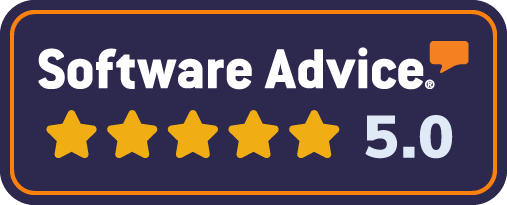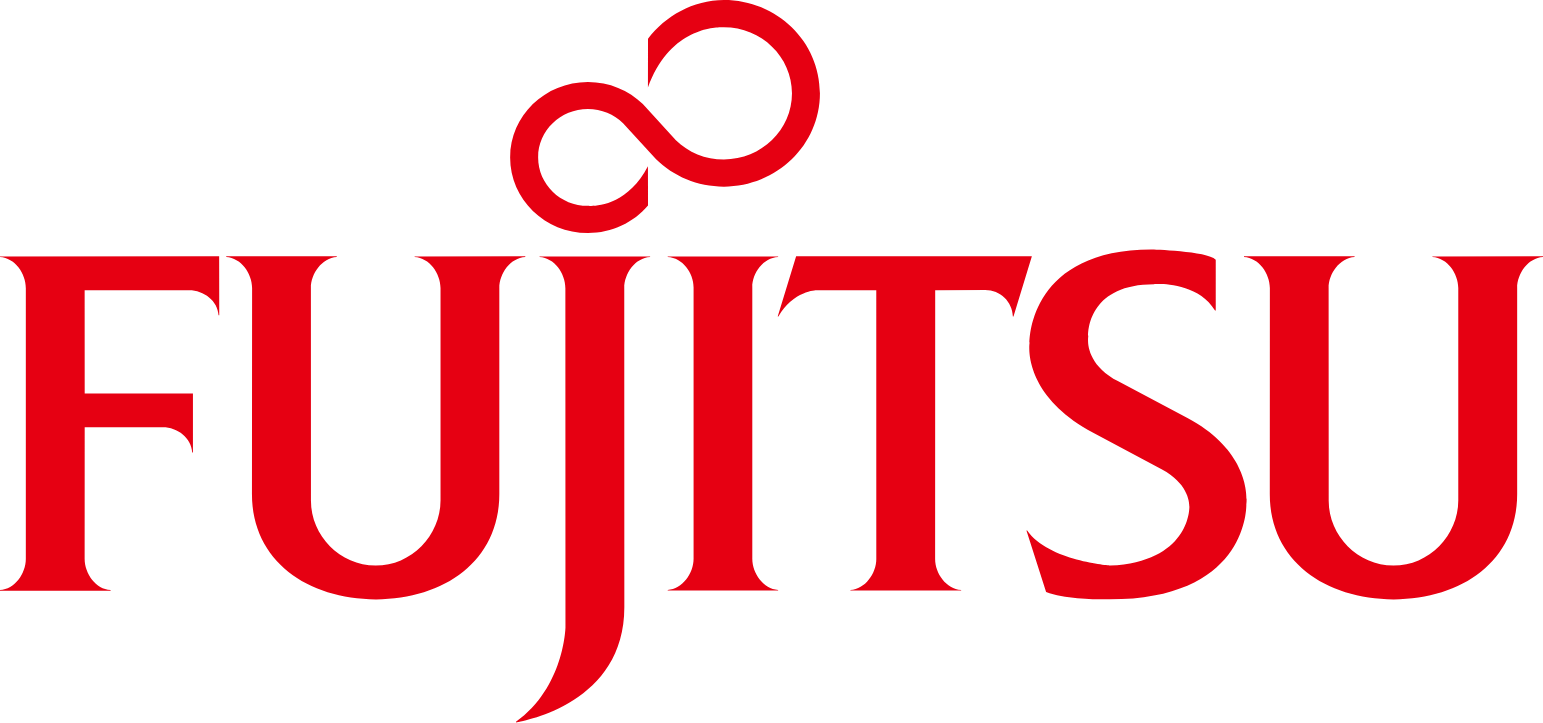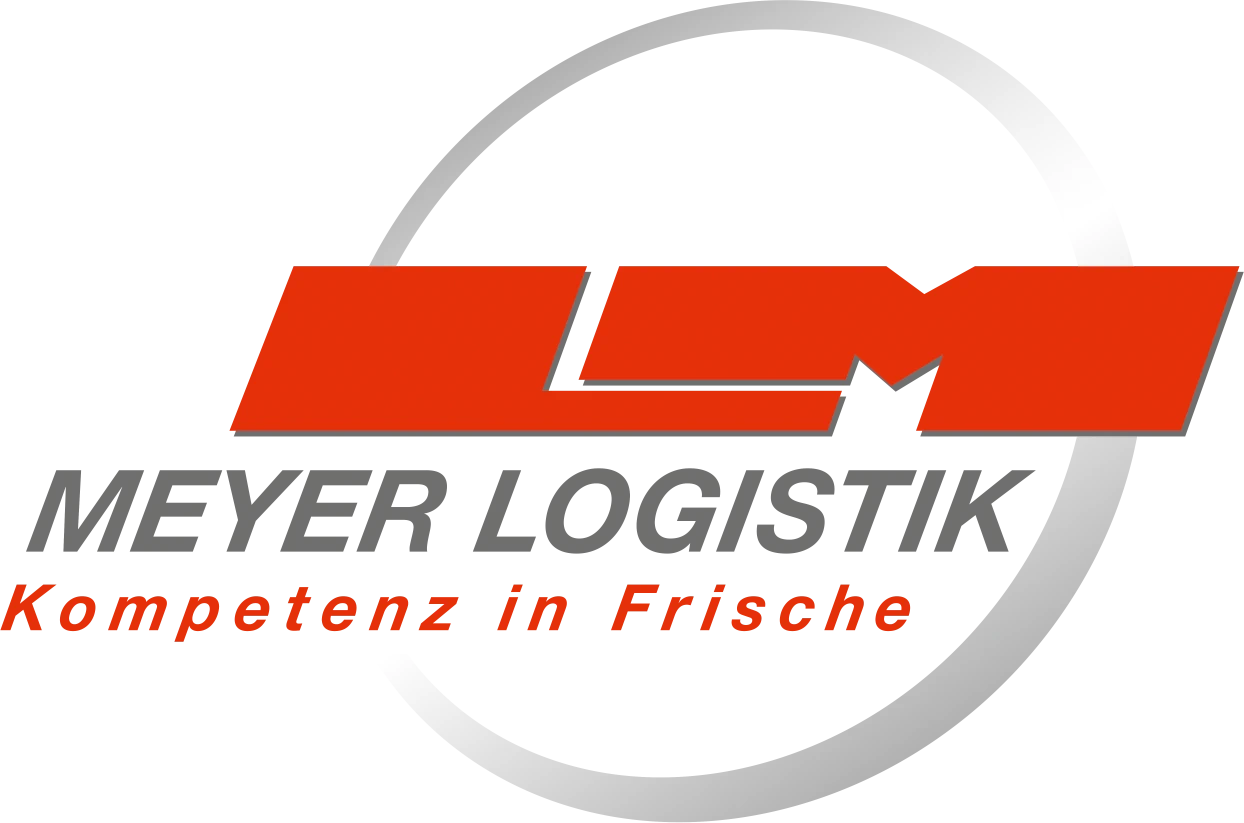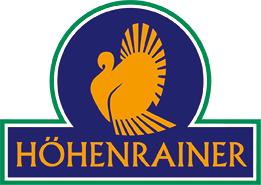Quality Management System Implementation Plan Form
Implementation plan outlining key steps, responsibilities, and timelines for implementing a Quality Management System (QMS) in accordance with ISO 9001 standards.
Section 1: Quality Policy Statement Step
Section 2: Scope and Exclusions Step
Section 3: Roles and Responsibilities Step
Section 4: Quality Policy and Objectives Step
Section 5: Quality Management System Structure and Processes Step
Section 6: Training and Awareness Step
Section 7: Document Control System Step
Section 8: Records Management System Step
Section 9: Corrective and Preventive Actions (CAPA) Step
Section 10: Audits and Reviews Step
Section 11: Continuous Improvement Step
Section 12: Approval and Sign-off Step
Expense Reduction
 34%
34% Development Speed
 87%
87% Team Productivity
 48%
48% Generate your Form with the help of AI
Type the name of the Form you need and leave the rest to us.
FAQ
How can I integrate this Form into my business?
You have 2 options:
1. Download the Form as PDF for Free and share it with your team for completion.
2. Use the Form directly within the Mobile2b Platform to optimize your business processes.
How many ready-to-use Forms do you offer?
We have a collection of over 3,000 ready-to-use fully customizable Forms, available with a single click.
What is the cost of using this Form on your platform?
Pricing is based on how often you use the Form each month.
For detailed information, please visit our pricing page.
What is Quality Management System Implementation Plan Form?
A Quality Management System (QMS) Implementation Plan is a document that outlines the steps and activities required to implement a quality management system in an organization. It provides a structured approach to ensuring that all necessary processes, procedures, and controls are put in place to meet the requirements of the QMS standard being implemented, such as ISO 9001.
The QMS Implementation Plan Form is typically used by organizations to:
- Identify the scope and objectives of the implementation project
- Define the roles and responsibilities of key personnel involved in the implementation
- Outline the steps for training and awareness-building among employees
- Describe the processes and procedures that will be implemented or updated as part of the QMS
- Establish timelines and milestones for completion of each activity
- Identify the resources (financial, human, etc.) required to support the implementation
The QMS Implementation Plan Form is a useful tool for ensuring that all aspects of the quality management system are properly planned and executed, and that the organization has a clear roadmap for achieving its quality objectives.
How can implementing a Quality Management System Implementation Plan Form benefit my organization?
Implementing a Quality Management System (QMS) Implementation Plan Form can benefit your organization in several ways:
- Enhanced Efficiency: A clear plan ensures that all stakeholders are on the same page, streamlining processes and reducing misunderstandings.
- Improved Communication: A well-defined plan facilitates open communication among team members, ensuring everyone is aware of their roles and responsibilities.
- Better Time Management: A structured plan helps prioritize tasks, allocate resources effectively, and meet deadlines.
- Increased Accountability: By outlining specific goals and objectives, a QMS Implementation Plan Form promotes accountability throughout the organization.
- Reduced Risks: A detailed plan identifies potential risks and develop strategies to mitigate them, ensuring a smoother implementation process.
- Compliance: Implementing a QMS helps organizations demonstrate compliance with regulatory requirements and industry standards.
- Enhanced Customer Satisfaction: By focusing on quality processes, you can improve the overall customer experience and increase satisfaction.
- Competitive Advantage: A well-implemented QMS can be a differentiator in your market, setting your organization apart from competitors.
- Improved Employee Engagement: When employees are involved in the planning process, they're more likely to be invested in the success of the QMS implementation.
- Long-Term Sustainability: A robust plan ensures that the quality management system is sustainable and continues to improve over time.
By implementing a Quality Management System Implementation Plan Form, your organization can experience these benefits and achieve its goals.
What are the key components of the Quality Management System Implementation Plan Form?
The key components of the Quality Management System (QMS) Implementation Plan Form typically include:
- Executive Summary
- Scope and Applicability
- Organizational Structure and Responsibilities
- QMS Policy Statement
- Objectives and Goals
- Key Performance Indicators (KPIs)
- Training and Awareness Programs
- Communication Plan
- Document Control Procedure
- Record Keeping Requirements
 Fair Pricing Policy
Fair Pricing Policy




























 Made in Germany
Made in Germany Certified Security and Data Protection
Certified Security and Data Protection Active Support and Customer success
Active Support and Customer success Flexible and Fully customizable
Flexible and Fully customizable